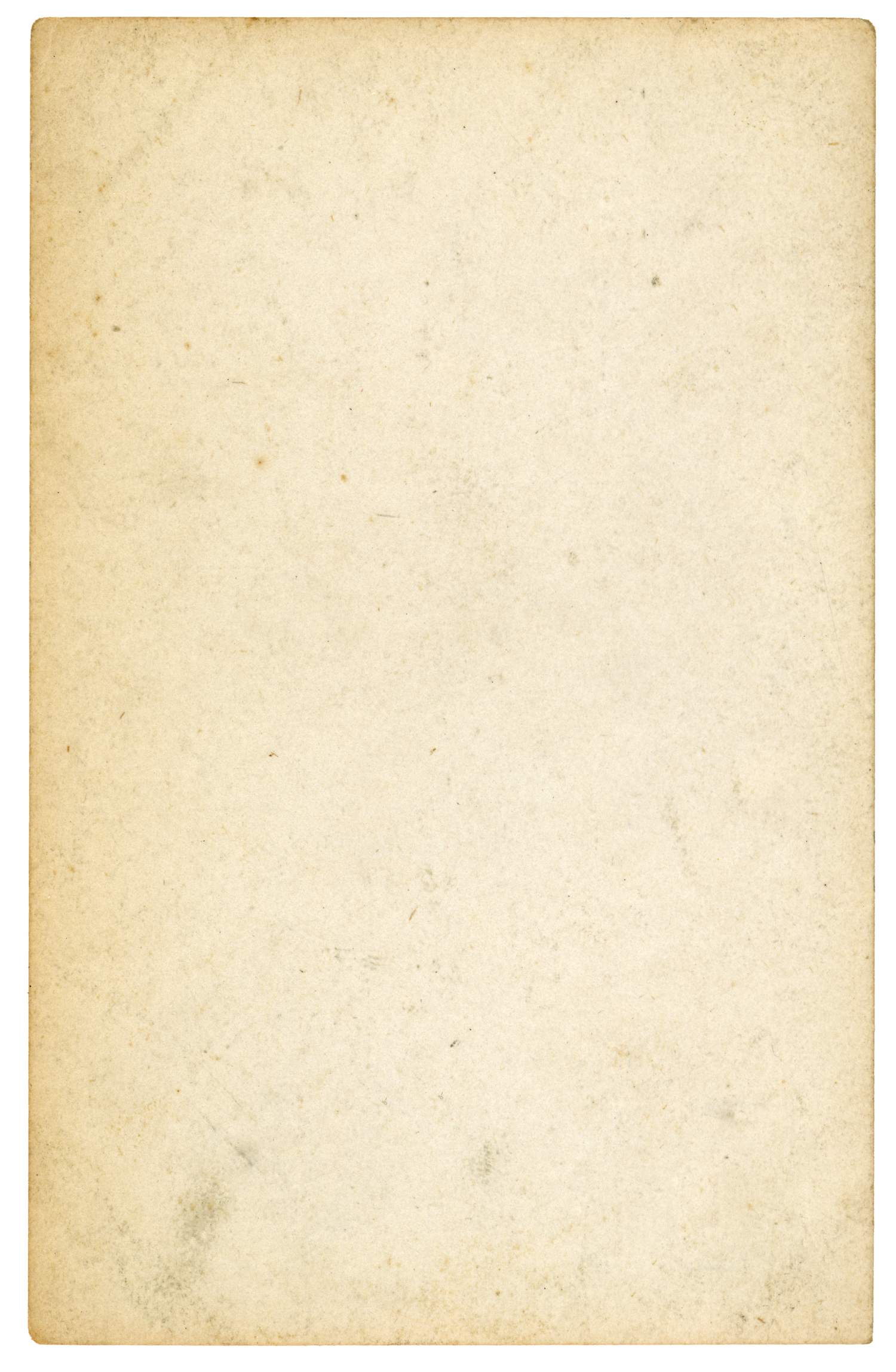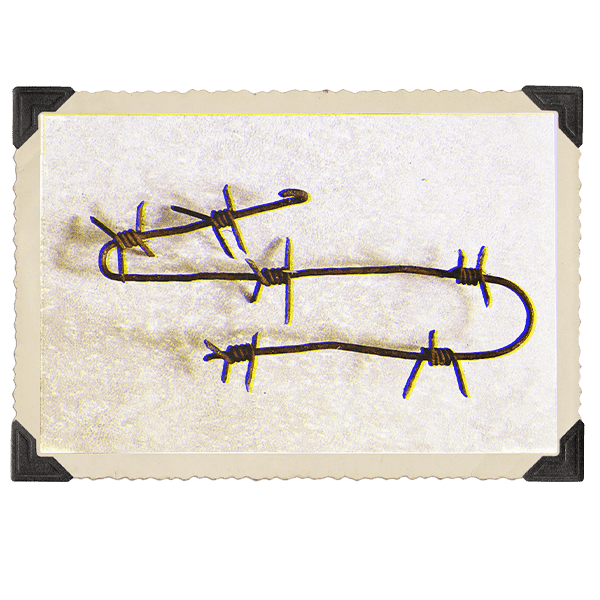

A thing that reminds me of a monster
A rusty Soviet barbed wire, bent into a serpentine reminiscent of a mountain road, is kept in my archive box labeled “Border.” I picked it up a few years ago in a trip to the Carpathians along the Romanian border. About 1500 meters above sea level, there are still tarred wooden pillars from which, like vines in a tropical forest, torn pieces of barbed wire hang down to the ground — the remains of a barrier system, one of the symbols of the Cold War.
My childhood passed in the borderland. Once it was the external border of the Soviet, and today — of the European Union. My perception of the mystical Western world was limited to a physical barrier — three rows of endless barriers, a strip of land, and a watchtower that at one time featured a mannequin border guard; this was how I saw the edge of my homeland throughout my childhood. Looking through the dense lines of barbed wire that bound the tar-black trunks, I imagined what the pothole-free roads looked like on the other side of the border, in faraway Germany.
This border was established for various historical reasons, sometimes quite absurd. After the last exchange of territories between Poland and the USSR in 1951, the new borderline was laid in such a way that a part of the railroad that had previously run exclusively through Poland now ended up on Soviet territory. As a result, the train now had to cross the new USSR border twice. Polish writer and diplomat Miroslaw Zulawski, who could not get to his family home in the Lviv region during the Soviet era, painfully recalls this in his memoir “Album domowe”: “This is probably the most absurd border in Europe, and perhaps even in the world… Stupidity and cowardice always give rise to a monster.” It turns out that all my childhood I was at the side of a monster.

